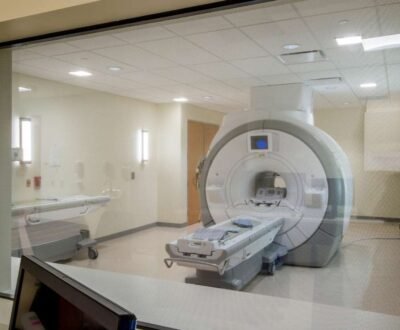Radiation and radioactive materials are a part of nature. Every living thing has some amount of radiation coming from it. Natural sources of radioactivity can be found in earth’s crust, soil, rocks, buildings etc. In Fact the air we breathe consists of radioactive gases. Naturally occurring radioactive elements are found in human bodies also. According to the Nuclear Regulatory Commission, about half of the radiation we encounter every year comes from background radiation, or expansive radiation that reaches everyone on earth.

Radiation as a term can be defined as energy that comes from a source and travels through space and may be able to penetrate various materials. If taken in a broader sense, it includes harmless non ionizing radiations like radio waves, light waves and microwaves.
But the kind discussed in our context refers to the ionizing radiation which is harmful. It has enough energy to cause chemical reactions in material. In living tissues, the changes caused by radiation can affect normal biological processes. It’s the kind that causes cancer.
Man is exposed to radiation every day from a variety of sources. We encounter natural radiation arising from the earth and from space. The radiation we receive from outer space is called cosmic radiation or cosmic rays. A measure of cosmic radiation exposure depends on altitude, so people who travel frequently by air increase their risk of exposure to radiation. Radioactive elements like radon and thoron are present in the air we breathe. Largest source of natural radiation exposure comes from varying amounts of uranium and thorium in the soil around the world. We also receive internal exposure from radioactive elements that we consume through food and water. Moreover, radioactive elements like potassium 40, carbon 14, radium 226 are present in our blood and bones. The presence of radioactive carbon 14 in our body helps the archaeologists in determining age ranges from skeletons.
Radiation exposure is encountered from man made sources also. X-Rays are one of the most common uses of radiation in medicine, providing valuable information to medical professionals on patient injuries.Modern and advanced imaging techniques like X Rays, CT and PET use radiation to produce detailed images of the human body, which provide valuable diagnostic information. While watching TV or using a cell phone, you are getting radiation. The main source of radiation while smoking cigarettes is from the tobacco plant and not the chemical additives as one may think. Tobacco plants absorb radioactive elements such as radium, lead-210, and polonium-210 from some fertilizers used on crops. Radioactive wastes from nuclear explosives testing, and small quantities of radioactive materials released to the environment from coal and nuclear power plants, are also sources of radiation exposure to man.
The biological risk of exposure to radiation is measured using the conventional unit rem or the SI unit sievert (Sv).The unit of absorbed radiation dose is the sievert (Sv). Since one sievert is a large quantity, radiation doses normally experienced are expressed in millisievert (mSv) or microsievert (µSv). For example, one chest X-ray will give about 0.2 mSv of radiation dose and the dose from cosmic rays during a flight travel is around 0.035 mSv. A single dose of radiation below 0.01 mSv is considered negligible by the National Council on Radiation Protection and Measurements. According to the Nuclear Regulatory Commission, an average American receives a dose of about 6.2 mSv (620 millirems) of radiation each year.
It’s a very well known fact that large doses of radiation can damage human tissues. Fundamental steps ensuring radiation protection are being practiced worldwide. The International Commission on Radiological Protection (ICRP) recommends that any exposure above the natural background radiation should be kept as low as reasonably achievable. Also according to the World Nuclear Association, annual exposure to 100 mSv or greater carries a small increase in cancer risk. Below that level, it’s believed that cells are able to heal themselves from radiation. “There are enzyme systems in the body that repair damage from these low levels of background radiation,” says James Thrall, MD, president of the American College of Radiology.
Experts believe that everyday exposure to radiation contributes an extremely tiny risk compared to all of the other risks that we encounter in our day-to-day life.
About us and this blog
We are a teleradiology service provider with a focus on helping our customers to repor their radiology studies. This blog brings you information about latest happenings in the medical radiology technology and practices.
Request a free quote
We offer professional teleradiology services that help hospitals and imaging centers to report their radiology cases on time with atmost quality.
Subscribe to our newsletter!
More from our blog
See all postsRecent Posts
- Understanding the Challenges of Teleradiology in India January 19, 2023
- Benefits of Teleradiology for Medical Practices January 16, 2023
- Digital Transformation of Radiology January 2, 2023









